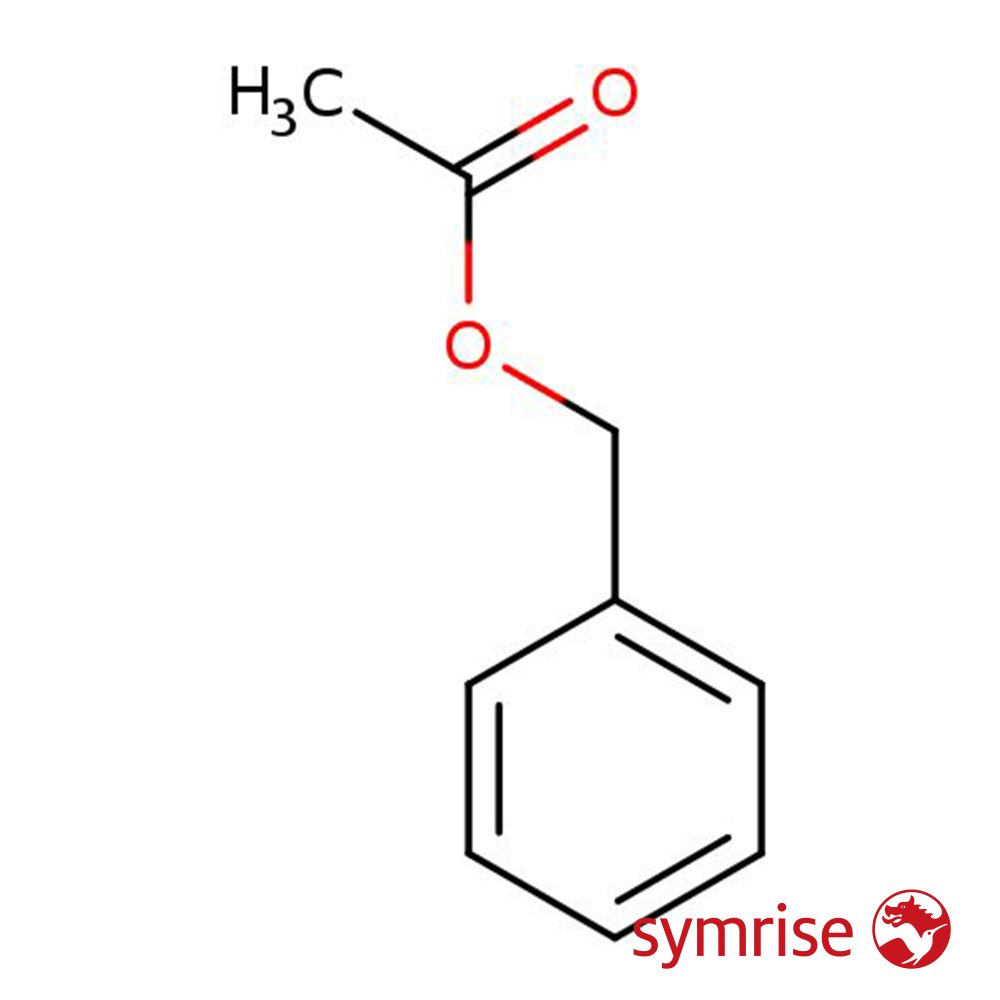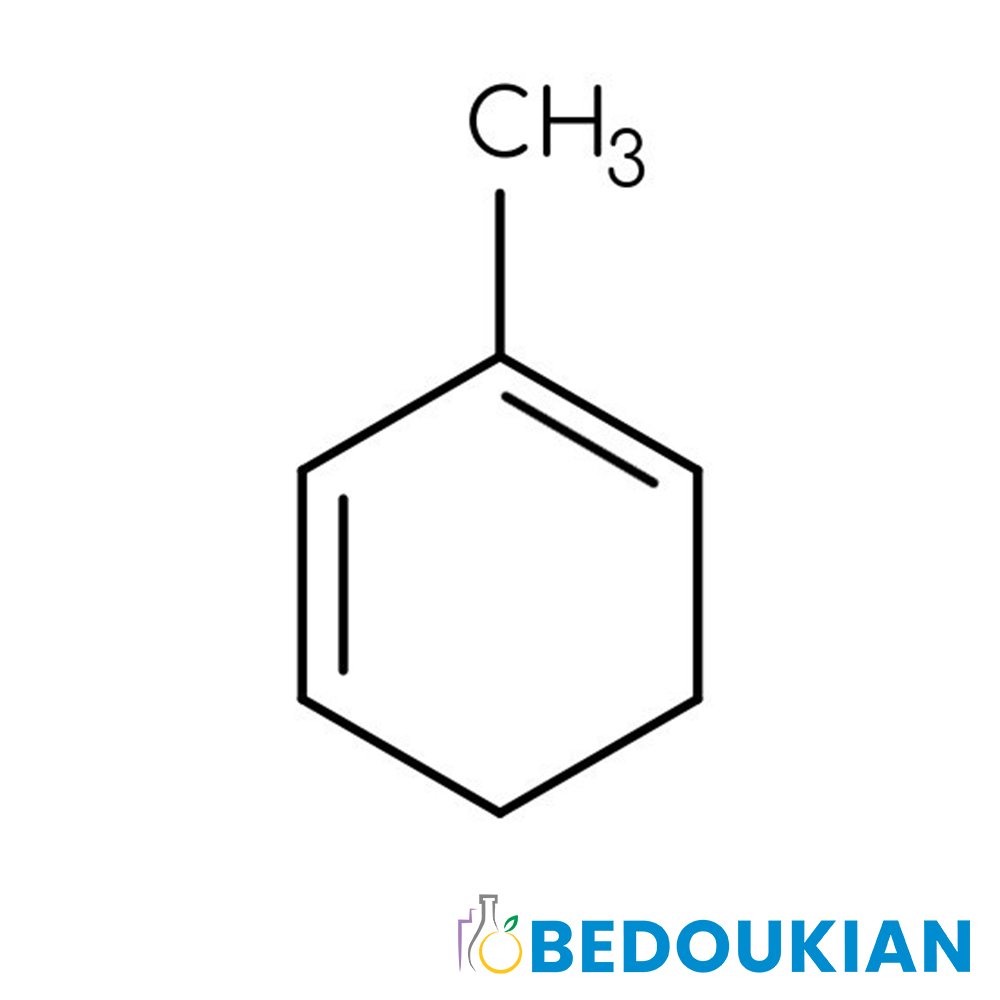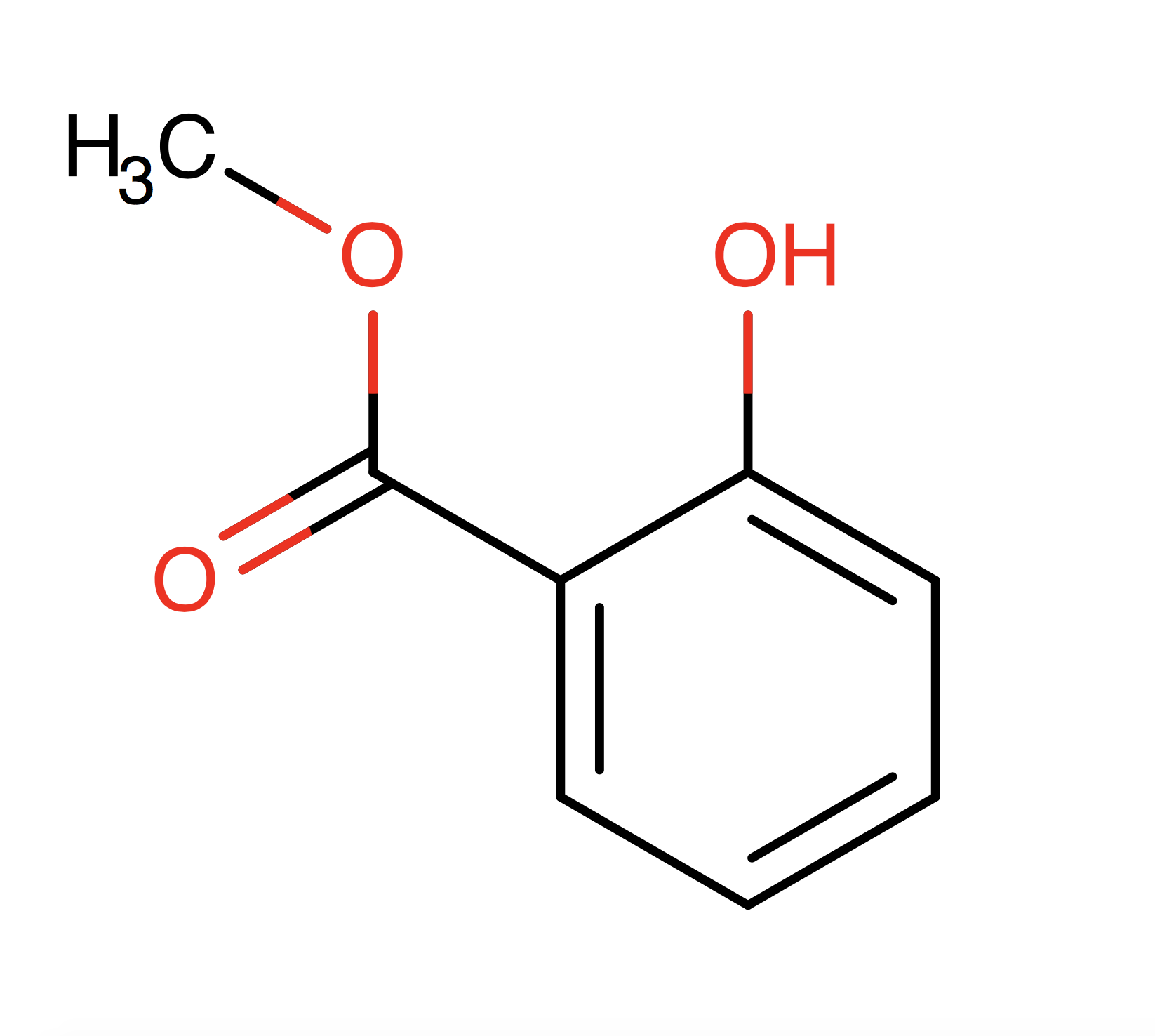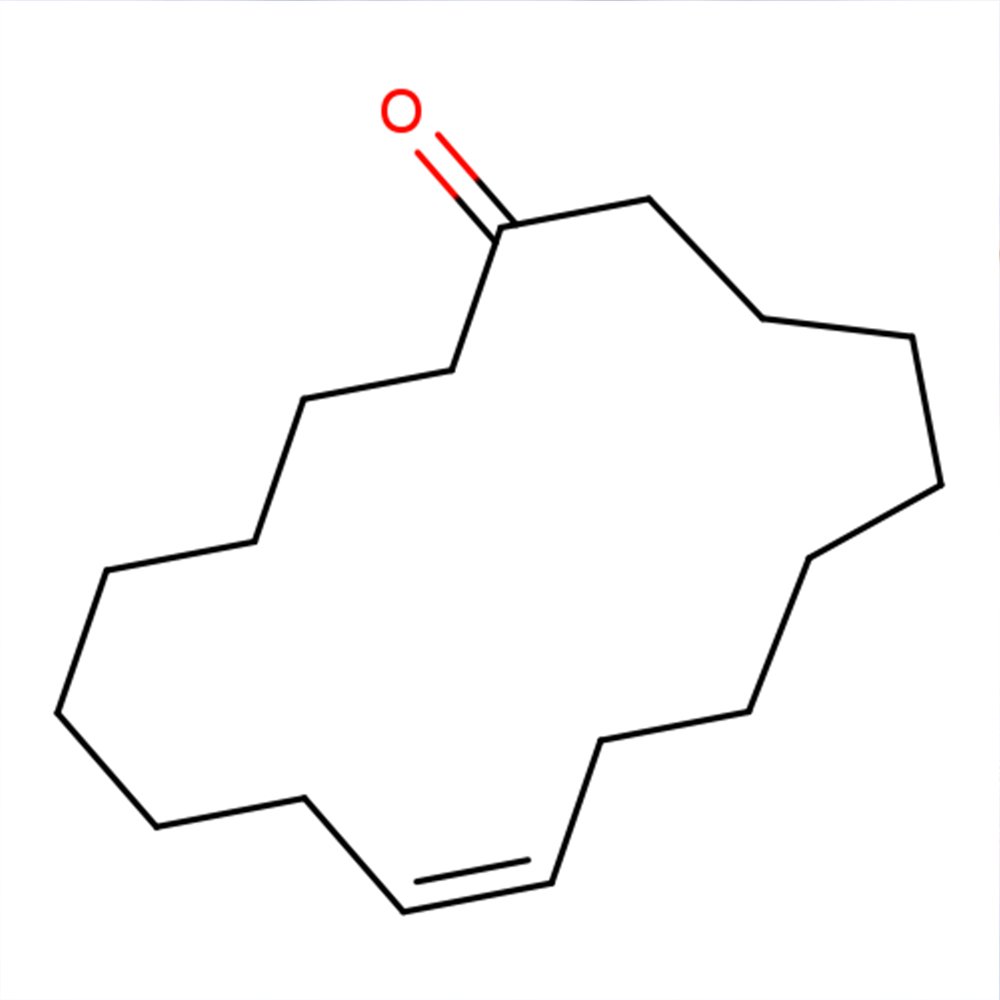Benzyl Acetate
Premium Synthetic Ingredient for Perfumery
Benzyl Acetate (CAS 140-11-4) is a synthetic ester widely used in perfumery for its sweet, fruity-floral character. It presents a jasmine-like floral note with pear and banana undertones and is particularly valued for its role in jasmine, gardenia, and muguet (lily-of-the-valley) accords. Despite its high impact, Benzyl Acetate has relatively poor tenacity, often counterbalanced through fixatives or blending with longer-lasting benzyl esters. It is commonly employed across fragrance types, from fine fragrance to functional applications, especially where a fresh, floral brightness is required.
Premium Synthetic Ingredient for Perfumery
Benzyl Acetate (CAS 140-11-4) is a synthetic ester widely used in perfumery for its sweet, fruity-floral character. It presents a jasmine-like floral note with pear and banana undertones and is particularly valued for its role in jasmine, gardenia, and muguet (lily-of-the-valley) accords. Despite its high impact, Benzyl Acetate has relatively poor tenacity, often counterbalanced through fixatives or blending with longer-lasting benzyl esters. It is commonly employed across fragrance types, from fine fragrance to functional applications, especially where a fresh, floral brightness is required.
Premium Synthetic Ingredient for Perfumery
Benzyl Acetate (CAS 140-11-4) is a synthetic ester widely used in perfumery for its sweet, fruity-floral character. It presents a jasmine-like floral note with pear and banana undertones and is particularly valued for its role in jasmine, gardenia, and muguet (lily-of-the-valley) accords. Despite its high impact, Benzyl Acetate has relatively poor tenacity, often counterbalanced through fixatives or blending with longer-lasting benzyl esters. It is commonly employed across fragrance types, from fine fragrance to functional applications, especially where a fresh, floral brightness is required.
Synthetic Ingredient Overview
🏭 Manufacturer: Symrise
🔎 Chemical Name: Benzyl ethanoate
🧪 Synonyms: Benzyl acetate
🧬 Chemical Formula: C₉H₁₀O₂
📂 CAS N°: 140-11-4
📘 FEMA: 2135
⚖️ MW: 150.17 g/mol
📝 Odor Type: Fruity
📈 Odor Strength: High
👃🏼 Odor Profile: Sweet, floral (jasmine), fruity (banana, pear), fresh, slightly balsamic
👅 Flavor Profile: Apple, apricot, banana, pear, cherry, strawberry, violet (Arctander)
⚗️ Uses: Core floral and fruity component; especially jasmine, gardenia, and muguet. Used in fine fragrance, personal care, and industrial scents.
🧴 Appearance: Colorless to pale yellow liquid
What is Benzyl Acetate?
Benzyl Acetate is a synthetic ester derived from benzyl alcohol and acetic acid. First synthesized in 1853, it occurs naturally in essential oils such as jasmine and ylang-ylang. It was identified in jasmine absolute (20–35%) by early 20th-century researchers, including Albert Hesse and Friedrich Müller. Its synthetic accessibility and cost-efficiency helped define its central role in the modern perfumery palette.
As a volatile compound, Benzyl Acetate excels in top to heart note positioning, imparting a crisp, fruity-floral brightness to many fragrance types. It is often layered with benzyl benzoate or benzyl salicylate to balance its volatility with improved tenacity.
Olfactory Profile & Perfumery Applications
Odor Characteristics:
Floral: Jasmine, muguet, gardenia
Fruity: Banana, pear, apple
Sweet: Candy-like, slightly balsamic
Texture: "Thin" but very diffusive (Arctander)
Functional Roles:
Floral enhancer: Central in white floral accords (jasmine, tuberose)
Fruity booster: Adds realism and lift to banana, pear, apricot, and apple notes
Volume agent: Adds top note brightness in industrial fragrances and fine compositions
Product Categories:
Fine Fragrances: 1–5% typical; heart note floral compositions
Personal Care: Up to 3% in shampoos, lotions, conditioners
Household Care: Up to 5–10% in air fresheners, fabric softeners, detergent fragrances
Blending Partners:
White florals: Jasmine absolute, ylang-ylang, tuberose
Fruity elements: Cis-3-hexenol, aldehyde C-18, gamma-undecalactone
Fixatives: Benzyl salicylate, benzyl benzoate
Gourmand additions: Vanilla, heliotropin, coumarin (for creamy or sweet direction)
Industrial & Technical Uses
Functional fragrance blends (detergents, air fresheners): Provides clean, floral top notes
Flavor industry: Used in trace amounts across numerous fruit profiles
Cosmetic applications: Volatile floral top note in creams and body sprays
Technical formulations: Masking agent in low-cost industrial scent blends
Regulatory & Safety Overview
IFRA Status:
No quantitative restriction under IFRA 51st Amendment for most categories
EU Cosmetic Regulation:
Not classified among the 26 mandatory declarable allergens
FEMA GRAS: 2135
ECHA Registration: Registered; not classified as hazardous under standard use
Toxicological Notes:
Low skin sensitization risk
Mild eye irritant at high concentrations
Biodegradable with relatively low aquatic toxicity
Handling Advice:
Avoid direct contact with eyes or mucous membranes
Use protective gloves when handling in concentrated form
Store in light-resistant packaging to minimize ester degradation
Historical & Technical Context
First synthesized in the mid-19th century, Benzyl Acetate became commercially prominent with the rise of synthetic perfumery. It was confirmed as a major natural constituent in jasmine absolute (20–35%) during early GC–MS investigations. By the mid-20th century, it became the most widely used jasmine mimic due to its affordability and high volume production. Despite its low tenacity, its diffusive freshness made it invaluable in everything from soaps to fine fragrance.
Conclusion
Benzyl Acetate is a foundational floral-fruity synthetic ingredient prized for its powerful, jasmine-like character and bright, fruity facets. Although its tenacity is limited, its cost-efficiency, natural occurrence, and blendability make it one of the most enduring esters in perfumery. Whether anchoring a white floral accord or brightening functional fragrance blends, Benzyl Acetate continues to serve as a key tool for perfumers.
Sources
Perfume and Flavor Chemicals (Aroma Chemicals) – Steffen Arctander, 1969
IFRA Standards Documentation (51st Amendment)
FEMA GRAS Database – FEMA No. 2135
NCBI PubChem CID 8778 – Benzyl Acetate
Wikipedia – Benzyl Acetate (2024)








